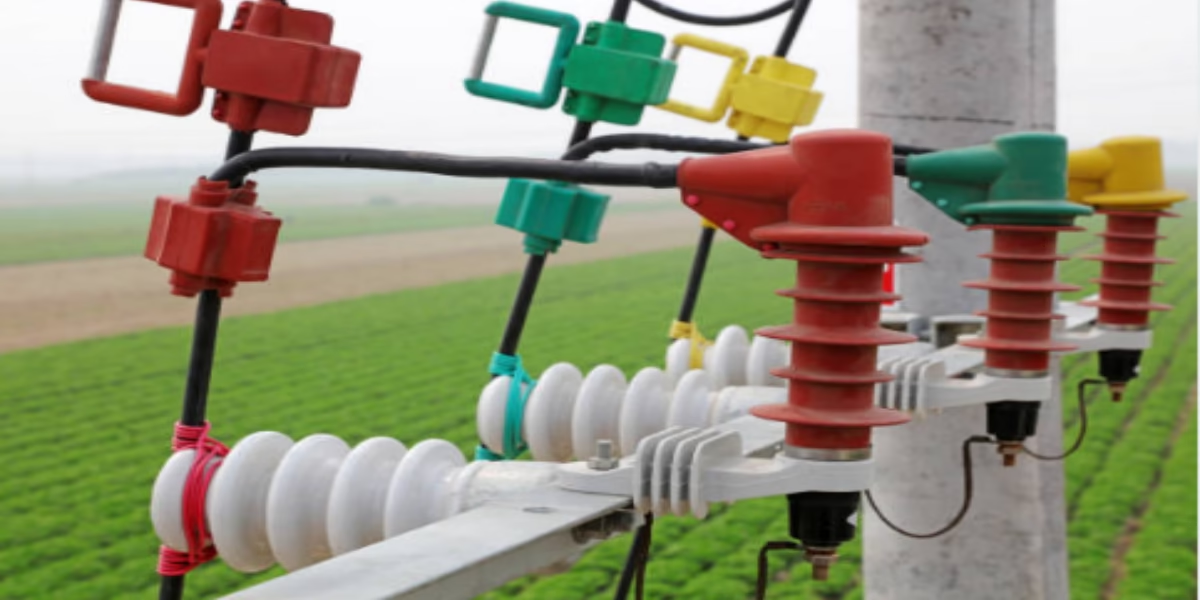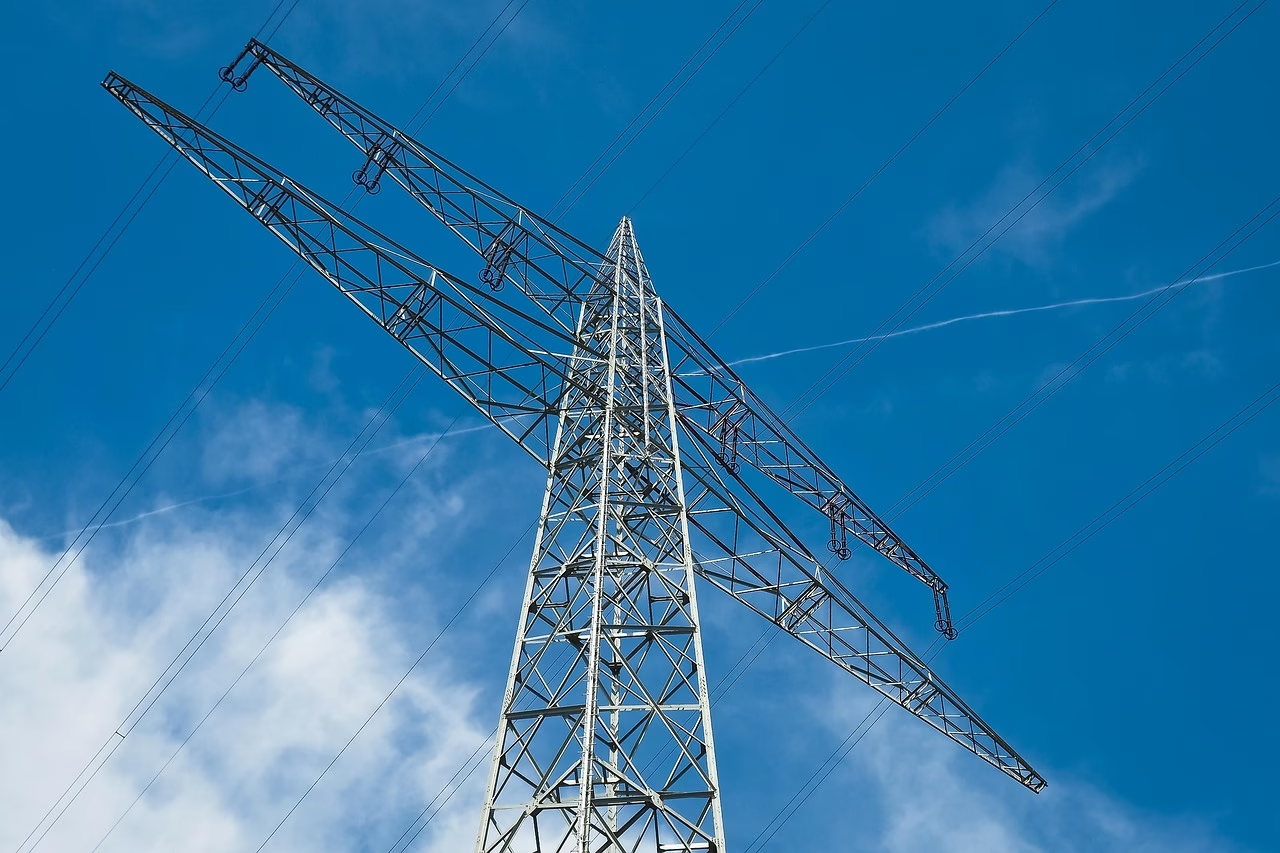In an era where the demand for reliable and efficient power transmission systems is ever-increasing,the materials we choose for infrastructure play a pivotal role in shaping the future of energy distribution.As we stand at the crossroads of innovation and sustainability, polymer insulators have emerged as a revolutionary choice to traditional ceramic and glass insulators. Not only do these modern marvels offer enhanced performance, but they also present a myriad of advantages that support the evolving landscape of electrical engineering. In this article, we will delve into the multifaceted benefits of polymer insulators, examining their resilience, cost-effectiveness, and adaptability to diverse environments. Join us on this enlightening journey as we explore how these advanced materials are transforming the power industry and paving the way for a brighter, more efficient energy future.
table of Contents
- Understanding the Unique Properties of polymer Insulators
- Enhancing Reliability and Performance in Harsh Environments
- Cost-effectiveness and Sustainability in Power Infrastructure
- Future trends: Innovations in Polymer Insulator Technology
- Q&A
- The Conclusion
Understanding the Unique Properties of Polymer Insulators
Polymer insulators have emerged as a revolutionary component in the energy sector, offering several distinct advantages over traditional ceramic and glass insulators. One of the primary benefits is their lightweight nature, which simplifies transportation and installation processes, ultimately reducing labor costs. This reduced weight also decreases stress on suspension structures, allowing for more flexible design options in overhead power lines. Additionally,polymer insulators exhibit excellent hydrophobic properties,which prevents water accumulation and reduces the risk of electrical tracking and flashover. This is particularly beneficial in regions wiht high humidity or frequent rainfall,as it enhances the reliability and longevity of the insulators under demanding environmental conditions.
Moreover, polymer insulators demonstrate impressive resistance to UV radiation and pollution, meaning they can maintain their mechanical and electrical properties even after long-term exposure to harsh conditions.Their high dielectric strength ensures that they can withstand critically important electrical stresses without compromising performance, making them suitable for high voltage applications. The following table highlights the key properties that set polymer insulators apart from traditional materials:
| property | Polymer Insulators | Ceramic Insulators |
|---|---|---|
| Weight | Lightweight | Heavy |
| Hydrophobicity | High | Medium |
| UV Resistance | Excellent | Moderate |
| Installation Efficiency | High | Low |
Enhancing Reliability and Performance in Harsh Environments
In an era where energy demands are ever-increasing and environmental conditions are becoming more unpredictable, enhancing reliability and performance in power systems has never been more critical. Polymer insulators stand out as a robust solution for applications in extreme weather and pollution-prone areas. Their unique properties, such as lightweight composition and resistance to harsh conditions, offer significant benefits over traditional ceramic or glass insulators. Unlike their more brittle counterparts, these advanced materials are less susceptible to degradation caused by UV radiation, moisture, and thermal cycling, ensuring a longer service life and reduced maintenance costs.
Another notable advantage of polymer insulators is their superior electrical performance. Their non-porous surface minimizes the risk of ingress by contaminants that can lead to electrical failures.This is especially critical in environments where pollutants or salty conditions prevail. A summary of the key features includes:
| Feature | Advantage |
|---|---|
| Lightweight | Easy handling and installation |
| High hydrophobicity | Prevents water accumulation and flashovers |
| Corrosion resistance | Durability in various environmental conditions |
| Low maintenance | Reduced operational costs over time |
This combination of durability and performance not only enhances system reliability but also promotes sustainability within the energy sector. By integrating polymer insulators into infrastructure, power companies can ensure a safer and more efficient transmission of energy, even under challenging environmental conditions.
Cost-Effectiveness and Sustainability in Power infrastructure
The integration of polymer insulators into modern power infrastructure represents a significant shift towards enhanced cost-effectiveness and enduring operations. These insulators not only lower the costs associated with maintenance and replacement but also reduce the need for extensive infrastructure modifications. With properties that resist some of the most challenging environmental conditions, polymer insulators offer a longer lifespan compared to traditional ceramic and glass alternatives. This longevity translates into minimized operational downtime and maintenance costs, allowing utility companies to allocate resources more effectively.
Along with their economic advantages, polymer insulators contribute positively to environmental sustainability. They are typically lighter, which simplifies transportation and installation processes, thereby reducing the overall carbon footprint associated with power distribution. Moreover, these insulators are manufactured using modern techniques that generate less waste and energy consumption. To illustrate this, consider the table below showcasing a comparison of traditional insulators versus polymer insulators:
| Characteristic | Traditional Insulators | Polymer Insulators |
|---|---|---|
| Weight | Heavy | Lightweight |
| Maintenance Frequency | High | Low |
| Environmental Impact | Higher | Lower |
| Life Span | Shorter | Longer |
Future Trends: Innovations in Polymer Insulator Technology
As the energy sector evolves, so dose the technology behind polymer insulators. One of the most significant trends is the integration of smart materials that respond to environmental changes, enhancing performance in diverse conditions. These advanced materials exhibit remarkable properties, such as improved hydrophobicity and enhanced UV resistance, contributing to longer service life and reduced maintenance costs. Furthermore, the use of nanotechnology in polymer insulators leads to lighter, more durable structures that can withstand extreme weather scenarios, making them ideal for both urban and rural power networks.
Another exciting innovation on the horizon is the submission of eco-kind polymers, driven by a global push for sustainable practices. These materials, derived from renewable resources, promise to minimize environmental impact without sacrificing performance. Additionally, the trend towards modular design in insulator systems allows for easier installation and adaptability to various configurations. The ability to rapidly replace components as needed not only saves time but also enhances the system's resilience against failures—an essential feature for modern power demands. Manufacturers are also exploring integrated sensor technologies within insulators for real-time monitoring, ushering in a new era of predictive maintenance.
Q&A
Q&A: Exploring the Advantages of Polymer Insulators in Modern Power
Q1: What are polymer insulators, and how do they differ from traditional insulator materials?
A1: Polymer insulators are made from synthetic materials, primarily based on plastics like silicone or rubber, engineered to withstand electrical and environmental stresses. Unlike traditional insulators, such as ceramic or glass, which are often heavy and brittle, polymer insulators are lighter, more flexible, and generally more resilient. This adaptability allows for easier installation and maintenance, while their lightweight nature reduces the strain on overhead structures.
Q2: What are the primary advantages of using polymer insulators in modern power systems?
A2: One of the most significant advantages of polymer insulators is their resistance to pollution and moisture. This makes them particularly effective in harsh environments where traditional materials might degrade. Additionally, polymer insulators exhibit superior mechanical performance, far exceeding their ceramic counterparts in terms of tensile strength. Their lightweight nature also simplifies logistics and installation processes, allowing for more cost-effective solutions in the long run.
Q3: Are there specific applications where polymer insulators are particularly beneficial?
A3: Yes, polymer insulators shine in various applications, particularly in urban and industrial areas where pollution levels are high. They are also highly effective in coastal environments, where salt spray can compromise traditional insulators. furthermore, in high-voltage transmission lines, their properties help mitigate the risk of failures caused by environmental stresses, thus enhancing the overall reliability of power distribution networks.
Q4: How do polymer insulators contribute to safety in power systems?
A4: Polymer insulators improve safety by reducing the risk of electrical breakdowns. Their high dielectric strength and hydrophobic nature mean they can repel water, minimizing the chances of leakage currents that could lead to short circuits or equipment failures. This inherent safety feature creates a more secure environment for both workers and communities living near high-voltage power lines.
Q5: What impact do polymer insulators have on the overall lifespan and maintenance of power infrastructure?
A5: Polymer insulators typically have a longer lifespan than traditional materials due to their resistance to weathering and corrosion. This durability translates to lower maintenance needs and costs over time, as utilities can expect longer inspection intervals and reduced replacement rates.Consequently, adopting polymer insulators in power systems leads to improved operational efficiency and longevity of infrastructure.
Q6: Are there any downsides to using polymer insulators?
A6: While polymer insulators offer numerous advantages, they do come with some considerations. Their performance can be sensitive to extreme temperatures,and they may require testing to ensure reliability in regions with significant temperature fluctuations. Additionally, while they are resistant to many environmental factors, they can be susceptible to ultraviolet (UV) radiation over time, necessitating protective coatings in areas with high sun exposure.
Q7: How do advancements in technology continue to influence the future of polymer insulators?
A7: Ongoing advancements in materials science are leading to the development of even more durable and efficient polymer insulators. Innovations such as improved formulations that enhance UV stability and reduce degradation rates are on the rise. As we further embrace smart grid technologies, polymer insulators are expected to play a critical role in creating adaptable and resilient energy networks, ensuring that power delivery remains safe and reliable for future generations.
Q8: how do polymer insulators align with the broader goals of modern energy solutions?
A8: Polymer insulators align seamlessly with the goals of modern energy solutions, including sustainability, resilience, and efficiency. by offering a lightweight,durable option that enhances safety and reliability,these insulators support the transition to more robust energy systems. As power demands increase and environmental conditions evolve,polymer insulators will continue to pave the way for innovative and sustainable power solutions in the years to come.
The Conclusion
As we conclude our journey through the advantages of polymer insulators in modern power systems, it is evident that these innovative materials are not merely a trend, but a significant advancement in the pursuit of efficiency and reliability.From their superior electrical performance to their resistance against environmental stresses, polymer insulators stand poised to redefine the standards of electrical infrastructure.
The adaptability and longevity they offer pave the way for a more resilient power grid, promising fewer outages and lower maintenance costs. Moreover, their lightweight nature allows for easier installation and transportation, minimizing both labor and resource expenditure.As utility companies and engineers increasingly embrace this technology, we are reminded that the future of energy is one where innovation meets sustainability.
as we continue to explore emerging technologies,let us keep an eye on how polymer insulators shape the landscape of power distribution and transmission,ensuring that our modern society remains energized and connected in the most efficient ways possible. The road ahead is bright, and with each step forward, we are one step closer to a stronger, more sustainable energy future.





